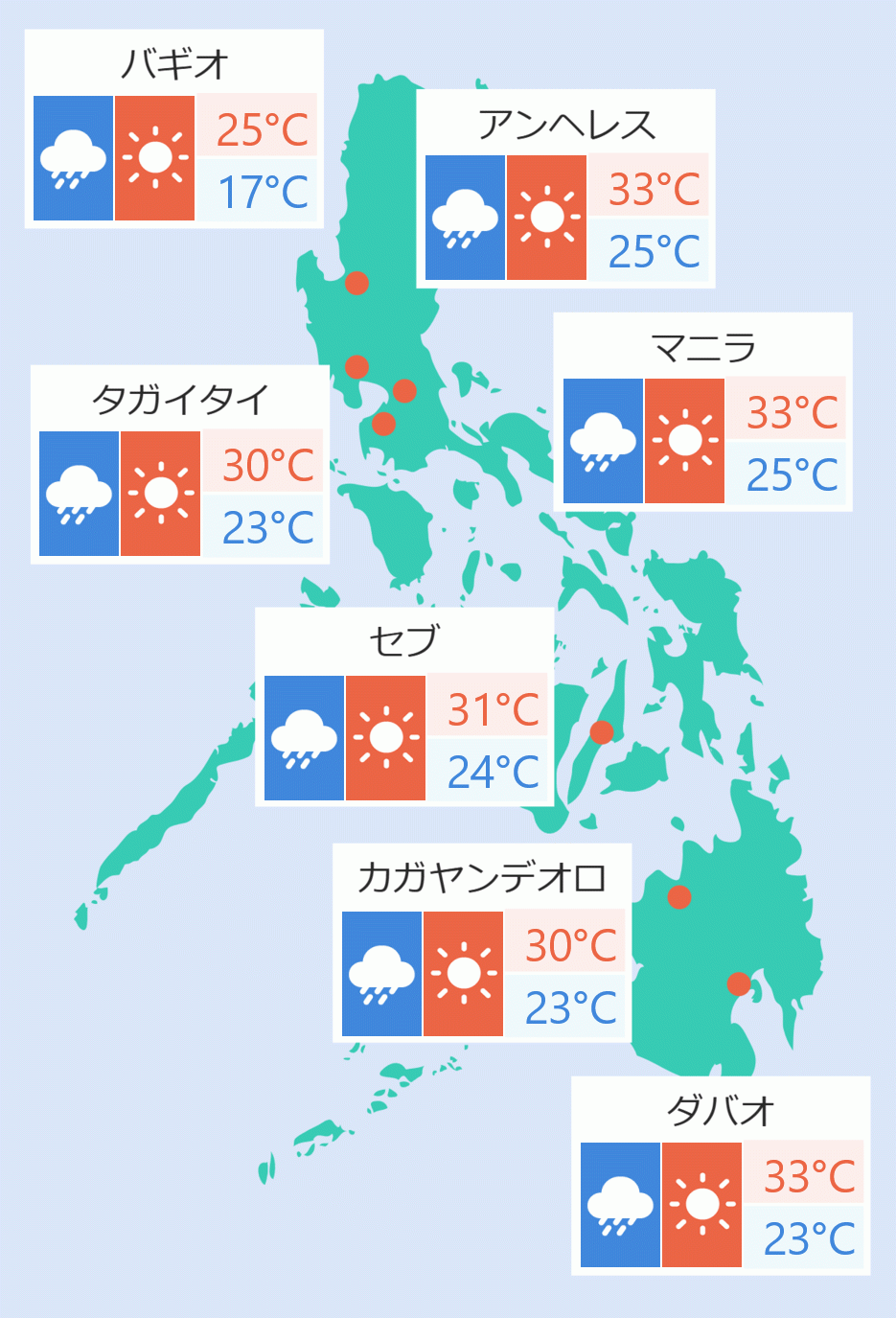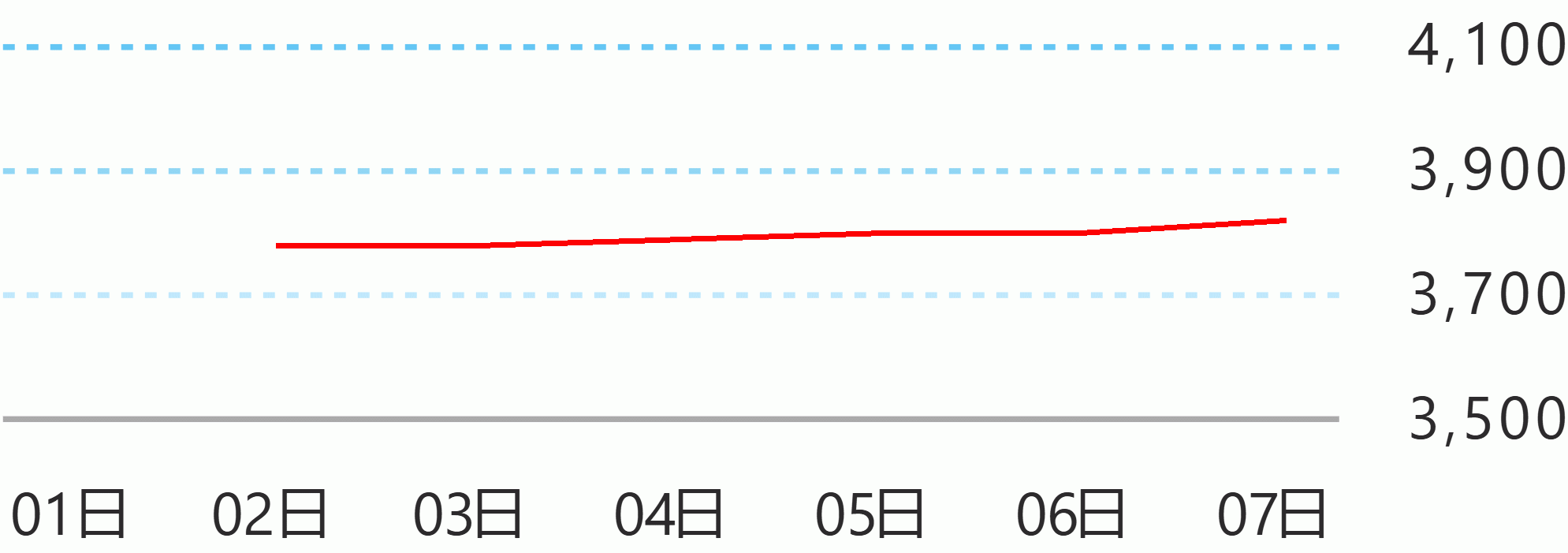The delayed distribution of the Philippine Identification System (PhilSys) ID was caused by a logistical problem during the height of the COVID-19 pandemic, when most of the country was placed under lockdown, the Philippine Statistics Authority (PSA) said Sunday.
“When the pandemic struck, there was a logistics problem in the distribution. We couldn’t distribute them at the same time because we had to select areas and there was a lockdown during that time. There was a crunch in the structure of our infrastructure because it was done at the same time.” PSA Officer-in Charge Emily Pagador told dzBB.
The PhilySys ID could only be used as proof of identity and not as proof of eligibility for benefits.
It can also be used for government transactions, she added.
“The National ID is only for proof of identity and not proof for eligibility. The ID does indicate if an individual is a PWD (person with disability)…There should be separate IDs for proof of eligibility. The SSS (Social Security System) and GSIS (Government Service Insurance System) should have their own IDs,” she said.
Pagador said the implementation of the registration was supposed to be five years, but they changed it to two years so it could include everyone.
“We apologize for the delay that happened in the delivery of the National ID,” she said.
Pagador said they plan to issue 50 million National IDs by the end of the year.
“By year’s end, our target is to distribute 50 million IDs. We have thought of some ways (to speed up the delivery) like issuing a printable ID and mobile ID,” she said.
“The printable ID could be printed on paper but it has security features so that it couldn’t be forged,” she added.
For errors or updates in the National ID information, owners can go to the registration centers to correct them.
“If you need to update information, you also need to change your ID. You can update the wrong information through the registration centers. We also have a website that will be published so that the information of the National ID can be updated there,” Pagador said.
“We will be deploying modalities so that the information on the National ID can be updated. For now, we still don’t have them,” she added.
Pagador said that the Bangko Sentral ng Pilipinas is working with the PSA to ensure that the National ID is printed in high quality.
She also said that in April, the PhilySys check, the system used to read the QR code on the National ID, can verify the authenticity of the ID.
“A signature can be easily faked. That’s why we put security features on the ID to verify the authenticity of the ID. There is a QR code at the back of the ID,” Pagador said.
As of April, 10,548,906 PhilSys IDs have been issued nationwide, according to the PSA website. Jaspearl Tan/DMS





 English
English









